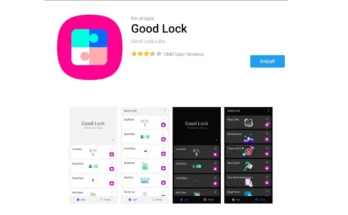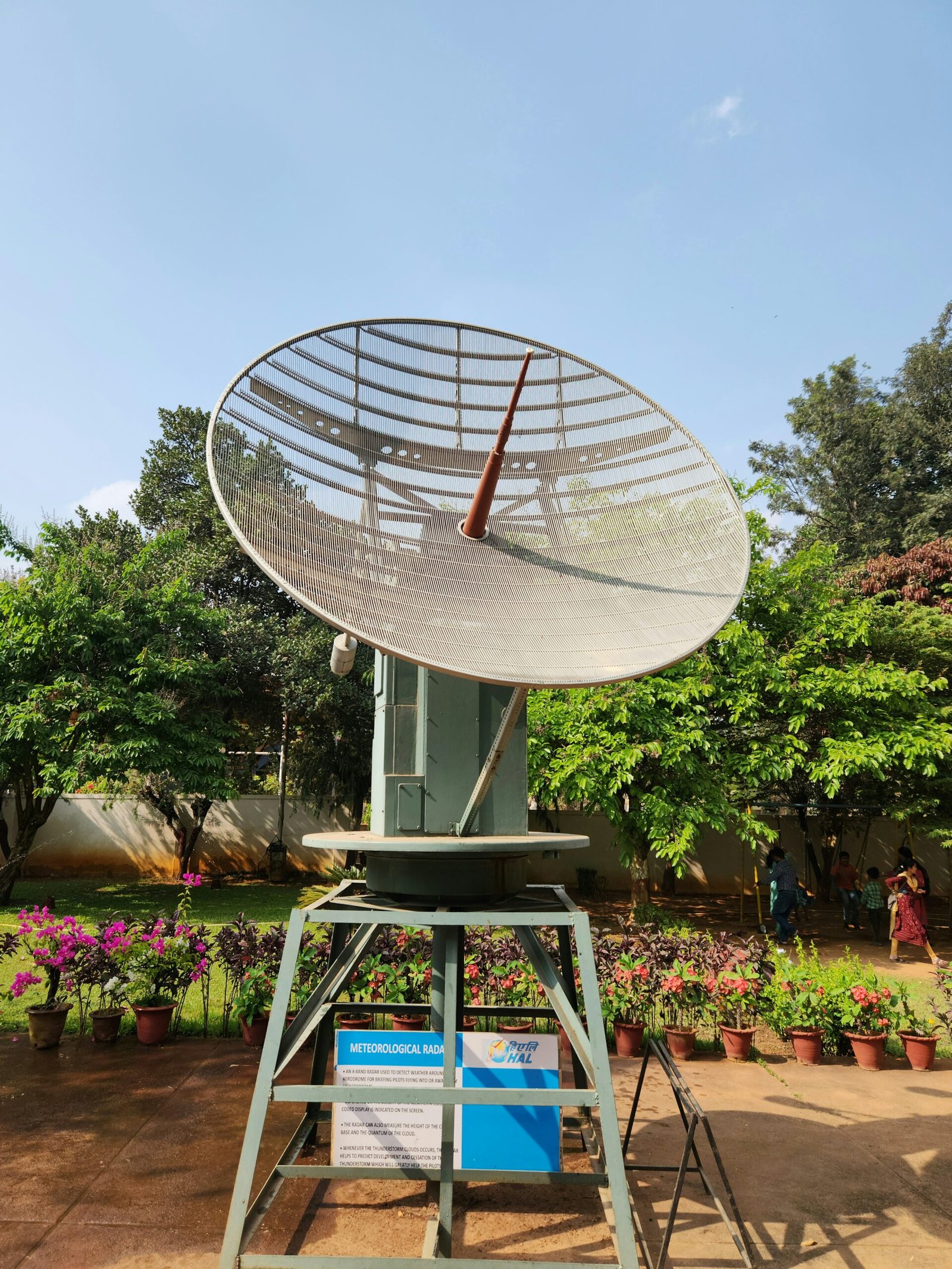
I’d be happy to provide you with an overview of a Python full course tutorial. Python is a popular programming language known for its simplicity and versatility. Below, I’ll outline the topics typically covered in a comprehensive Python tutorial. Please note that this is a general overview, and the actual content may vary depending on the source and the level of the tutorial (beginner, intermediate, or advanced).
Course Outline:
1. Introduction to Python
- What is Python?
- Why Python?
- Setting up Python (installation)
- Python IDEs and text editors
2. Python Basics
- Variables and data types (integers, floats, strings, booleans)
- Basic arithmetic operations
- Comments and documentation
- Printing to the console
- User input
- Variables and variable assignment
- Basic string operations
- Type conversion
3. Control Flow
- Conditional statements (if, elif, else)
- Loops (for and while)
- Break and continue statements
- Logical operators (and, or, not)
4. Data Structures
- Lists
- Tuples
- Dictionaries
- Sets
5. Functions
- Defining functions
- Function parameters and return values
- Scope and lifetime of variables
- Lambda functions
6. Object-Oriented Programming (OOP)
- Classes and objects
- Constructors and destructors
- Inheritance and polymorphism
- Encapsulation and abstraction
7. Exception Handling
- Handling errors with try-except blocks
- Raising exceptions
8. File Handling
- Reading and writing files
- Working with different file formats (e.g., text, CSV, JSON)
9. Modules and Packages
- Importing modules
- Creating and using custom modules
- Working with external libraries
10. Advanced Topics
- List comprehensions
- Generators and iterators
- Decorators
- Context managers
- Regular expressions
- Threading and multiprocessing (concurrency)
11. Best Practices and Code Style
- PEP 8 (Python Enhancement Proposals)
- Code readability and organization
- Debugging techniques
12. Project Development
- Building a small Python project from scratch
- Project structure and organization
- Version control (e.g., Git)
- Testing and debugging
13. Data Analysis and Visualization (Optional)
- Introduction to data analysis with libraries like Pandas
- Data visualization with libraries like Matplotlib or Seaborn
14. Web Development (Optional)
15. Deployment and Packaging (Optional)
- Packaging Python applications
- Deploying web applications
16. Conclusion
- Recap of key concepts
- Next steps in your Python journey
Throughout the tutorial, there should be plenty of hands-on coding exercises and projects to reinforce your learning. Python is a versatile language with applications in web development, data science, artificial intelligence, and more, so your specific interests and goals may influence the direction you take after completing the basics.




